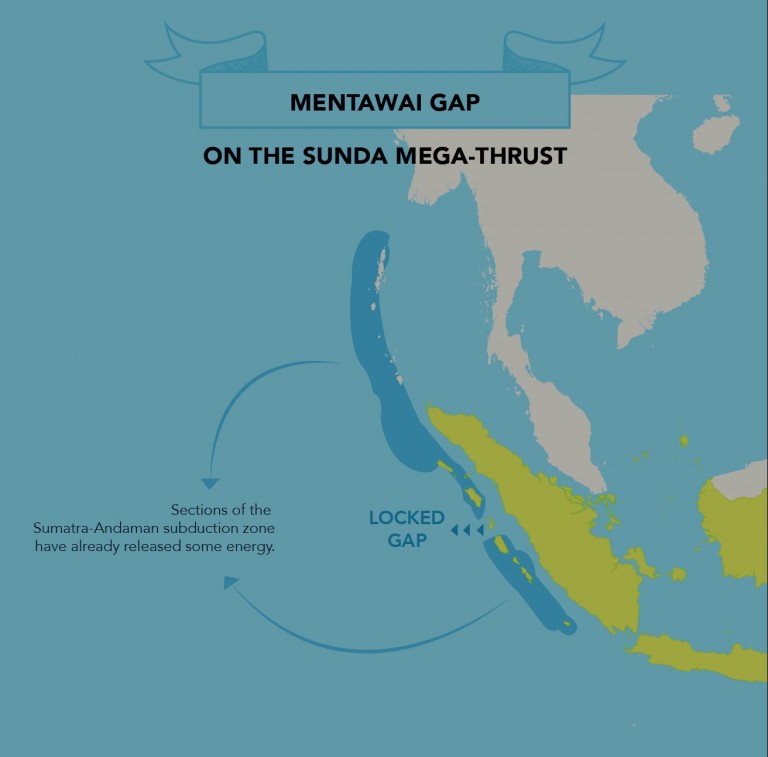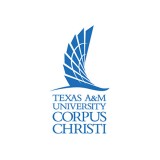For two weeks in October of 2012, a group of scientists from Texas A&M University led by Drs. Greg Stunz , Matt Ajemian and Michael Wetz participated in a research cruise onboard Schmidt Ocean Institute’s research vessel Falkor aiming to evaluate the role of artificial reefs in sustaining reef fishes in the Gulf of Mexico and assess harmful algal bloom-forming taxa of South Texas.
Dr. Stunz’s Fisheries and Ocean Health Lab used high resolution multi-beam mapping, ROV transects, and hook and line collection techniques to survey reef fish populations on a series of artificial reef sites and nearby natural banks. The surveys helped assess the role of these artificial structures in sustaining economically important reef fish populations. Dr. Wetz’s group expanded upon prior sampling efforts to characterize the spatial-temporal distribution of phytoplankton and harmful algal bloom (HAB)-forming taxa along the south-central Texas coastal region to elucidate environmental conditions that contribute to bloom formation.
Artificial Reef Surveys
To document the structure and fish associated with artificial reef sites off the south Texas coast, the researchers conducted hydrographic seafloor surveys using R/V Falkor high resolution multi-beam mapping echo sounders, Global Explorer MK3 ROV, and various hook and line collection techniques at 15 different artificial reefs. Hook and line surveys were also conducted at several natural banks in proximity to the artificial reef sites.
Select fishes were retained for additional processing and others were tagged with various methods, including passive, acoustic transmitters and pop-up archival tags, to study their movements and site fidelity. Similar collections and measurements were made at both natural and artificial reefs to compare faunal differences among these systems. Researchers were also planning to tag larger species such as sharks and dolphin fish / Mahi Mahi with either acoustic or satellite Pop-up Archival Tags (PAT).
Causes of Harmful Algal Blooms
The research team collected phytoplankton samples to characterize taxa that cause formation of harmful algal blooms along the south-central Texas coastal region and to elucidate what environmental conditions contribute to bloom formation. Repeat surveys were conducted along several transect lines in the focus area shown in the map above, including two transects between the shallow areas with water depths of 10 meters through the shelf break where the depth reaches 200 meters and several shorter transects.
Within each transect, scientists stopped at three to five fixed stations to collect water samples using R/V Falkor CTD resette with Niskin water sampling bottles. Sampling included complete surface to bottom CTD profiling, followed by collection of water at discrete depths. Collected samples were then processed to evaluate the amounts of inorganic nutrients, dissolved and particulate organic matter, and phytoplankton in the seawater.
Seawater Data Collection
Dr. XinPing Hu from the University of Georgia also participated in the cruise to quantify carbon dioxide partial pressure (pCO2) along the ship track via a pCO2 analyzer placed in-line with the ship’s flow-through seawater data acquisition system. In addition to that, Dr. Hu collected discrete samples from the CTD rosette along with Dr. Wetz’s group.
by Drs. Greg Stunz and Michael Wetz
Data & Publications
- Ajemian, M.J.*, Wetz, J.J., and G.W. Stunz. (2015). Fish community assessment on artificial reefs of the western Gulf of Mexico: Potential impacts of 'Rigs-to-reefs' programs. 2nd Annual Texas Artificial Reef Symposium, Corpus Christi, TX, USA.
- Ajemian, M.J., Wetz J.J., Shipley-Lozano B., and G.W. Stunz. (2015). Rapid assessment of fish communities on oil and gas platform reefs using remotely operated vehicles. Fish. Res. 167: 143-155.
- Ajemian, M.J., Wetz J.J., Shively J.D., Shipley-Lozano B. and G.W. Stunz. 2015. An analysis of artificial reef fish community structure along the Texas coast: Potential consequences of “Rigs-to-Reefs” programs. PLoS ONE 10(5): e0126354. doi: 10.1371/journal.pone.0126354.
- Ajemian, M.J., Wetz, J.J. & G.W. Stunz. (2013). A micro-ROV survey methodology for submerged oil and gas platforms. 66th annual meeting of the Gulf and Caribbean Fisheries Institute. Corpus, Christi, TX.
- Ajemian, M.J., Wetz, J.J. & G.W. Stunz. (2014). Surveying Texas’ Big Reefs: A micro-ROV survey methodology for submerged oil and gas platforms. Annual Meeting of the Gulf States Marine Fisheries Commission. Gulfport, MS.
- Ajemian, M.J., Wetz, J.J., Streich, M.K., & G.W. Stunz. (2014). Fish community assessment on artificial reefs of the western Gulf of Mexico: Potential impacts of 'Rigs-to-reefs' programs. Invited Seminar, University of Alicante, Alicante, SPA.
- Downey, C.H., Kling, T.L., Ajemian, M.J., Wetz, J.J. & G.W. Stunz. (2013). Vertical longline gear performance on artificial reefs of the Texas coastal bend. 66th annual meeting of the Gulf and Caribbean Fisheries Institute.Corpus, Christi, TX.
- Streich, M.K., Ajemian, M.J., Wetz, J.J., & G.W. Stunz. (2013). Relative abundance and size structure of red snapper, Lutjanus campechanus, across habitat types in the northwestern Gulf of Mexico. 66th annual meeting of the Gulf and Caribbean Fisheries Institute. Corpus, Christi, TX.
- Stroman, K.L., Wetz, J.J., Ajemian, M.J., & G.W. Stunz. (2014). An analysis of fish communities on south Texas artificial reefs: does structure type matter? Texas Bays and Estuaries Meeting, University of Texas Marine Science Institute, Port Aransas, TX.
- Stunz, G.W., Ajemian, M.J., & J.J. Wetz. (2013). Fisheries potential of artificial reefs in the northwestern Gulf of Mexico. 66th annual meeting of the Gulf and Caribbean Fisheries Institute. Corpus, Christi, TX.
- Zimmermann, D., Ajemian, M.J., Wetz, J.J., & G.W. Stunz. (2013). A comparison of trophic structure among artificial reefs of the northwestern Gulf of Mexico. 66th annual meeting of the Gulf and Caribbean Fisheries Institute. Corpus, Christi, TX.
- Streich, M.K., M.J. Ajemian, & G.W. Stunz. (2014). Abundance and size structure of Red Snapper among natural and artificial habitats in the NW Gulf of Mexico. Texas Chapter of the American Fisheries Society, Lake Texoma, TX.
- Ajemian, M. J., Wetz, J. J., Brewton, R. A., Streich, M. K., Downey, C.H., and G.W. Stunz. (2016), Relative Value of Rigs-to-Reefs Habitats to Red Snapper (Lutjanus campechanus) Stock Building in the Western Gulf of Mexico. Oral Presentation, Benthic Ecology Meeting, Portland, ME, USA.
- Streich, M.K., Wetz, J.J., Ajemian, M.J., and Stunz, G.W. (2016). Relative Abundance, Age, and Growth of Red Snapper: A Comparison between Artificial and Natural Habitats in the Western Gulf of Mexico. Oral Presentation, Southern Division of the American Fisheries Society Annual Meeting, Wheeling, WV, USA.
- Streich, M., Ajemian, M., Wetz, J., and G. Stunz. (2017). A Comparison of Fish Community Structure at Mesophotic Artificial Reefs and Natural Banks in the Western Gulf of Mexico, Marine and Coastal Fishes, 9 (1), doi:10.1080/19425120.2017.1282897. [This article has been published as OPEN ACCESS].
In the News
Counting Fish: Longlines, Lionfish and Liberty Ships
Scientific American • October 16th, 2012



